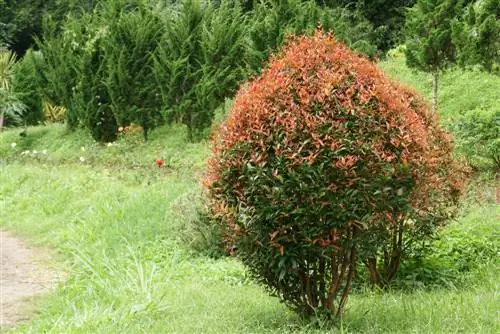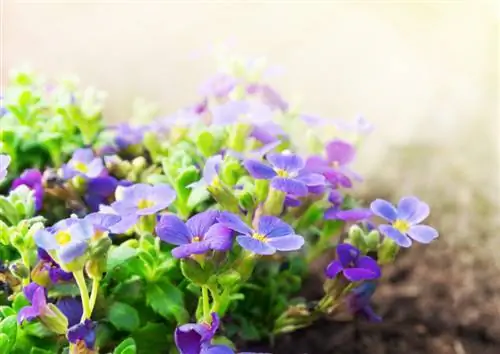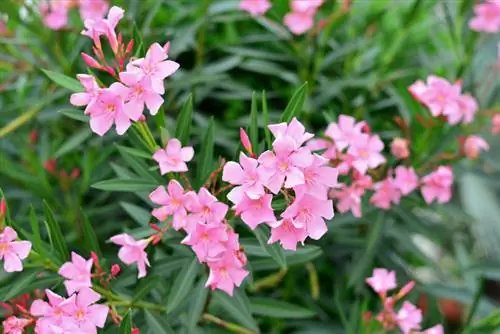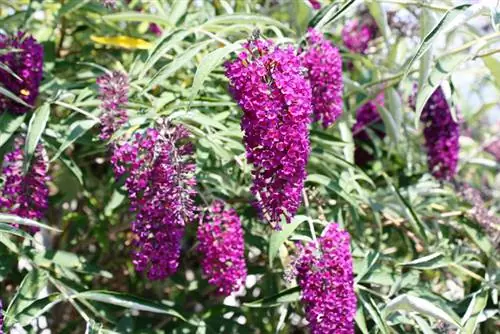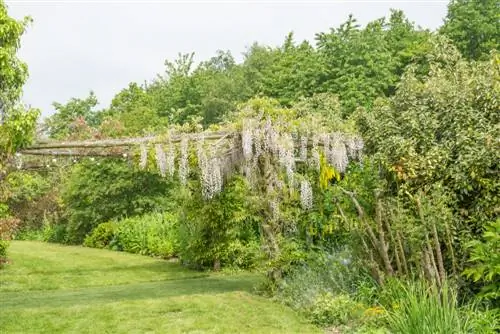- Author admin [email protected].
- Public 2023-12-16 16:46.
- Last modified 2025-01-23 11:21.
Fertilizing loquats requires a bit of sensitivity. The right amount ensures strong growth and lush flowering in summer. Incorrect fertilization poses dangers.
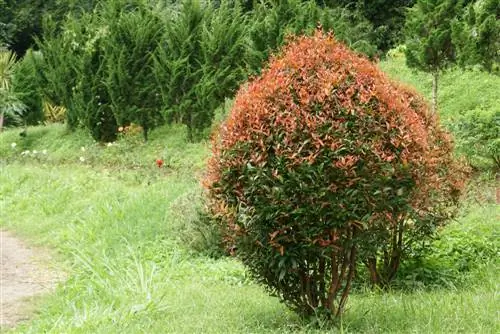
How should you fertilize a loquat?
In order to properly fertilize a loquat, we recommend using long-term or slow-release fertilizers, such as Osmocote or Basacote, in spring. Liquid fertilizers are also suitable, but should be diluted and not used in direct sunlight. Incorrect fertilization can lead to poor growth and susceptibility to disease.
Fertilizing tips
Fertilization of the loquat should be neither too weak nor too intensive. The tree needs nutrients throughout the entire growing season, from the development of the leaves in spring to the ripening of the fruits in autumn. Therefore, loquats should be fertilized in spring, before the new growth phase begins.
A fertilizer that provides nutrients over a long period of time is ideal. If you use a slow-release fertilizer (€12.00 on Amazon) or a slow-release fertilizer, you no longer need to fertilize until next year. Nurseries often add a slow-release fertilizer to the substrate to support root growth. In this case, you can forgo fertilizing in the first year.
Suitable fertilizers
Any commercially available substrate is suitable for fertilizing loquats, although long-term and slow-release fertilizers such as Osmocote or Basacote are best suited. These fertilizers fall into the category of complex fertilizers. There are also a number of liquid fertilizers that are added to the irrigation water. They provide quick relief if the plant loses leaves due to a lack of nutrients. The liquid fertilizers include special NPK fertilizers for loquats. They mainly contain nitrogen, phosphate and potassium oxide as well as various trace nutrients. Liquid fertilizers are suitable for spraying the moistened root areas and leaves.
You should pay attention to this when using foliar fertilizers:
- no direct sunlight
- warm temperatures between 15 and 25 degrees Celsius
- Dilute liquid fertilizer with water
Dangers of incorrect fertilization
If the plants are fertilized too often, the nutrients accumulate in the substrate. Risks primarily come from nitrogen. In excessive quantities it ensures that the wood of the young branches does not fully mature. The plants become more vulnerable to the freezing temperatures in winter. Horn shavings release nitrogen over a long period of time and are therefore not suitable as a fertilizer for loquats.
A lack of nutrients affects the development of leaves and flowers. Flower buds dry up and die. A severe nutrient deficiency can cause the medlar not to bloom and lose leaves. The plant is weakened, making it more susceptible to pathogens and parasites.

